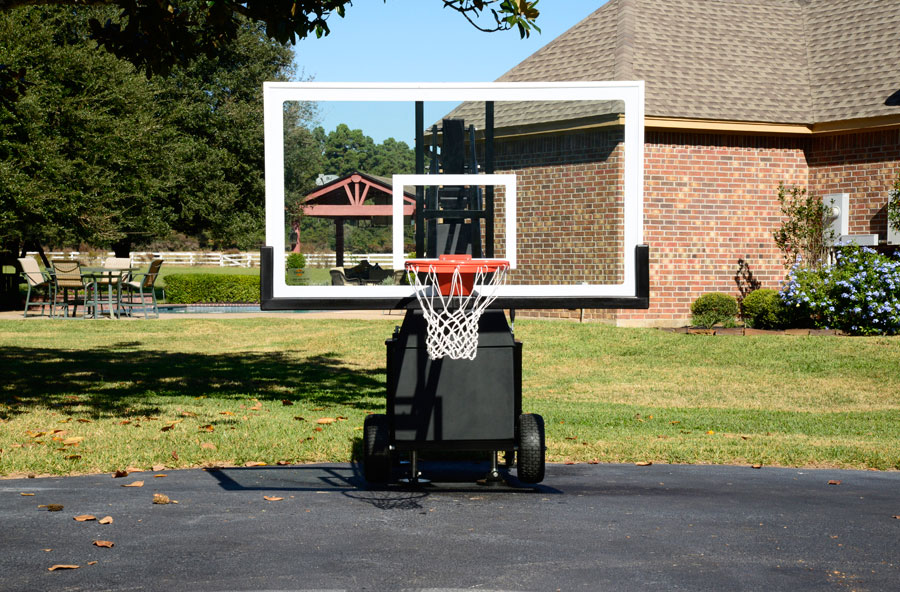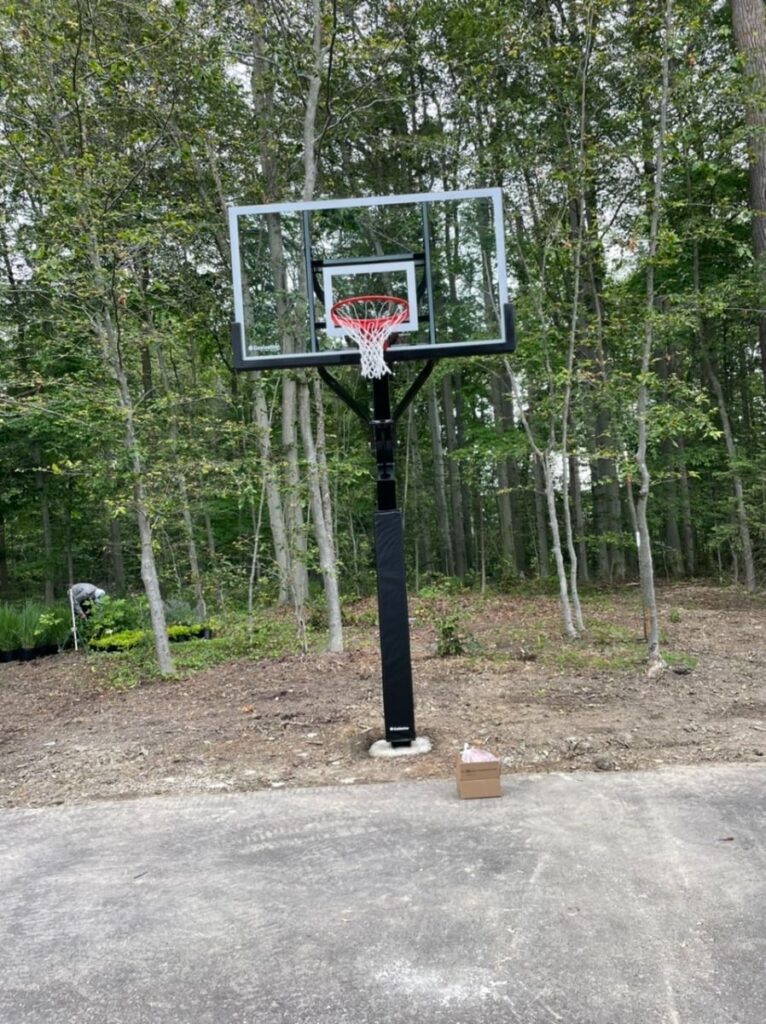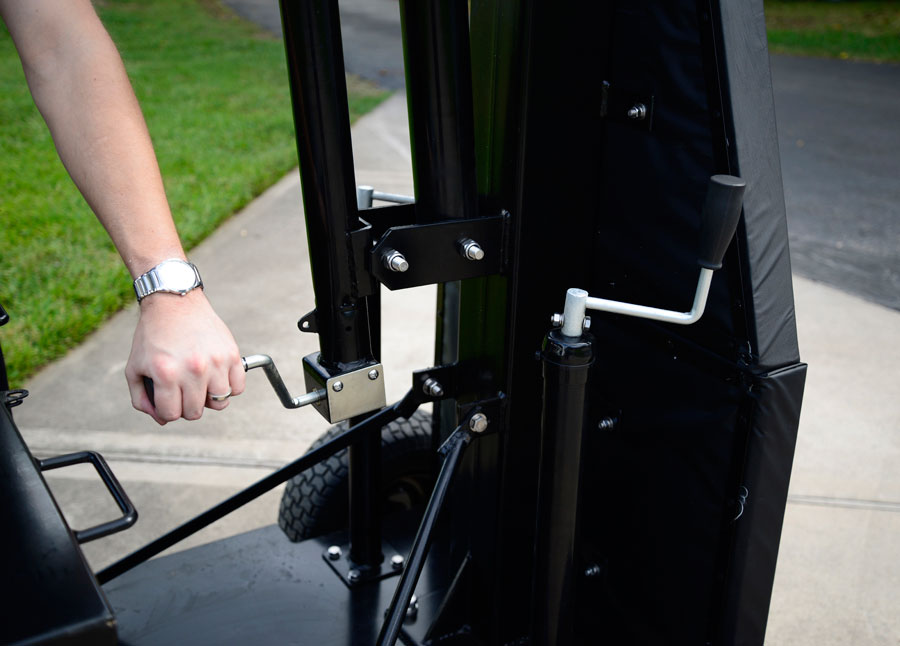How Do You Get in Shape For Basketball
Basketball demands a unique combination of speed, endurance, agility, and strength. Unlike sports with extended rest between plays, basketball players move constantly—sprinting, jumping, cutting, and defending from the opening tip to the final buzzer. So how do you get in shape for basketball? The answer lies in building a well-rounded training routine that targets every aspect of athletic performance.
Getting into basketball shape is not about generic fitness. It’s about developing sport-specific conditioning that translates directly onto the court. Whether you’re preparing for tryouts, getting ready for your league’s season, or simply trying to elevate your game, your approach must be intentional, structured, and consistent.

Build Your Aerobic and Anaerobic Endurance
Basketball involves both aerobic and anaerobic activity. Players run up and down the court for extended periods (aerobic), but also sprint in short bursts and recover quickly (anaerobic). To build basketball-ready endurance, you need to train both systems.
Start with steady-state cardio workouts—such as running, cycling, or swimming—for 30–45 minutes a few times per week. This lays your aerobic foundation. Then integrate high-intensity interval training (HIIT) to simulate game conditions. Sprint drills, shuttle runs, and hill sprints mimic the explosive demands of basketball and improve your recovery time between plays.
Improve Your Strength and Power
Basketball requires more than speed—it needs power. Developing strength helps players finish through contact, rebound effectively, and stay balanced during cuts. Focus on compound lifts like squats, deadlifts, lunges, and bench presses to build a strong foundation.
For basketball-specific explosiveness, add plyometric exercises such as box jumps, medicine ball slams, and jump squats. These drills increase vertical leap and quick-twitch muscle activation, giving you an edge in rebounding and shot-blocking.

Prioritize Agility and Lateral Quickness
Lateral movement is one of basketball’s most important yet overlooked demands. Defenders must slide, recover, and stay in front of ball handlers, while offensive players make sudden cuts and changes of direction.
Incorporate agility ladders, cone drills, and zig-zag runs into your routine. These exercises train your body to react quickly, stay low, and maintain balance during directional shifts. Using resistance bands around your ankles can intensify these movements and build strength in supporting muscles.
Work on Flexibility and Mobility
Mobility keeps you fluid and injury-free. Basketball players benefit from open hips, flexible hamstrings, and mobile ankles. Neglecting flexibility can limit your range of motion and make you more susceptible to strains.
Daily stretching, dynamic warm-ups, and mobility flows (like those used in yoga or functional training) should be part of your preparation. Foam rolling and targeted recovery techniques also help keep joints healthy over the long season. For additional guidance on safe youth sports training, resources from the President’s Council on Sports, Fitness & Nutrition offer science-backed advice for building endurance, strength, and agility.

Train Basketball-Specific Skills
Conditioning alone won’t get you ready to play. Basketball shape includes dribbling under fatigue, making passes while moving, and shooting when your legs are tired. Integrate ball-handling, shooting drills, and defensive slides into your fitness sessions.
Practice drills that simulate game pressure. Try shooting 10 free throws immediately after sprinting baseline to baseline. Or run full-court layup drills while dribbling with your off-hand. These types of activities combine fitness with skill development.
Create a Weekly Schedule and Stick to It
Consistency is key to improvement. Organize your training into weekly segments, balancing cardio, strength, agility, and skill days. Avoid doing too much in a single session, which can lead to overtraining.
A typical week might include:
- Monday: Strength + HIIT
- Tuesday: Skill work + Flexibility
- Wednesday: Endurance cardio + Core
- Thursday: Agility + Plyometrics
- Friday: Skill work + Light recovery
- Saturday: Scrimmage or pickup game
- Sunday: Rest and mobility
Tailor the plan to your needs, but maintain structure. Tracking your workouts helps build momentum and reveals areas that need more attention.

Fuel Your Body With Smart Nutrition
Getting in shape for basketball also requires fueling your body correctly. Eating clean, balanced meals helps your muscles recover and perform. Carbohydrates provide the energy for intense practices, while protein supports muscle growth and repair.
Stay hydrated before, during, and after workouts. Dehydration can slow reaction time and impair focus—two things no basketball player can afford. Avoid sugary energy drinks and fuel with water, electrolytes, and post-practice snacks like bananas or protein shakes.
Sleep and Recovery Are Part of the Plan
Elite athletes know that rest is when growth happens. Without quality sleep and recovery, training becomes less effective. Aim for at least 7–9 hours of sleep per night and consider short naps if you’re training multiple times a day.
Recovery tools like foam rollers, massage guns, cold baths, and stretching routines reduce soreness and improve performance. Active recovery—such as walking or swimming on rest days—helps keep the body in motion without adding fatigue.
Mental Preparation and Mindset
Basketball is as much mental as it is physical. Getting into shape means building focus, resilience, and confidence. Visualization techniques, meditation, and journaling can sharpen your mental game.
Setting short-term and long-term goals keeps you motivated. Whether it’s increasing your vertical by two inches or earning a starting position, clear goals give your workouts purpose.

Conclusion
How do you get in shape for basketball? You build a comprehensive training plan that targets endurance, strength, agility, flexibility, skill, and mindset. Every sprint, lift, and repetition contributes to the version of yourself that shows up on game day.
At Kids World Play Systems, we know the path to improvement starts long before tip-off. Whether you’re putting in extra reps on a home hoop or training for your school team, our equipment and support are here to elevate your game.
